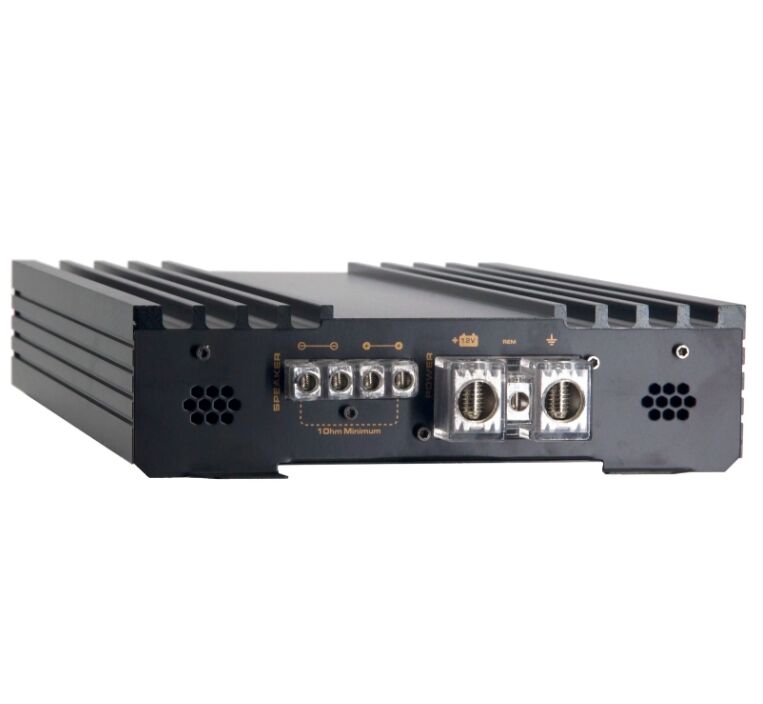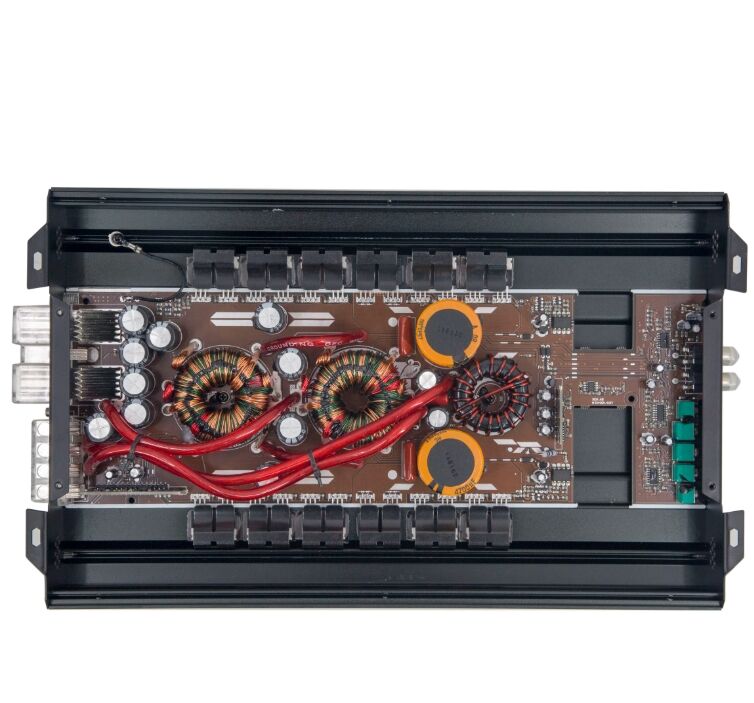A low distortion car amplifier is engineered to minimize unwanted alterations to the audio signal, ensuring that the amplified sound remains faithful to the original recording. Distortion in amplifiers can manifest as harmonic distortion, intermodulation distortion, or clipping, all of which introduce artificial sounds that degrade audio quality. Low distortion amplifiers achieve this through precise circuit design, high quality components, and advanced feedback mechanisms that correct signal anomalies in real time. Harmonic distortion, the addition of unwanted frequencies that are multiples of the original signal, is kept to extremely low levels, often measured in fractions of a percent (THD < 0.05% is common in high end models). This ensures that music retains its clarity, with no harsh or muffled artifacts. Intermodulation distortion, which occurs when two frequencies interact to produce new, unintended frequencies, is also minimized through careful component matching and circuit layout. Clipping, a form of distortion caused by overloading the amplifier beyond its power capacity, is prevented by built in protection circuits and efficient power management, allowing the amplifier to handle dynamic peaks in music without distorting. Low distortion amplifiers are particularly important in car audio, where background noise and confined spaces can exaggerate audio imperfections. They deliver a cleaner, more detailed sound, allowing listeners to distinguish individual instruments and vocals even in complex musical passages. Whether listening to classical music with delicate dynamics or rock with powerful crescendos, a low distortion car amplifier ensures that every nuance of the original recording is preserved and reproduced accurately.


